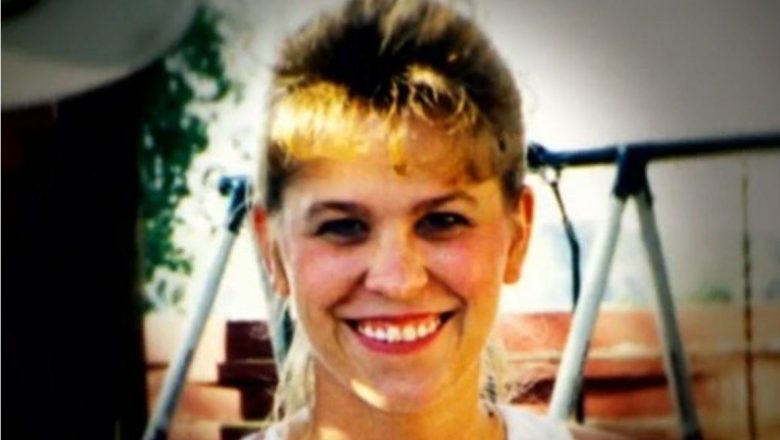
Dateline NBC
Tonight’s episode of Dateline NBC was originally aired in 2015 and looks into the murder of Susan “Susie” Casey. Susan Casey’s body was found in the Yellowstone River in 2008 and there were a variety of suspects in the case from the start.
Casey was a 34-year-old mother of four who lived in Glendive, Montana. In 2008, she disappeared near her apartment, where her children were waiting for her to return home. One month later, her body was found in the river.
Casey’s case has been the subject of true crime tv episodes including an episode of See No Evil that released in 2018 and an episode of Scorned: Love Kills.
Here’s what you should know about Susie Casey:
1. The Obituary for Susan “Susie” Casey Says She Enjoyed a Good Time & Loved Her Children
The obituary for Susan Casey detailed her life, saying that she was active in basketball, band and 4-H while in high school and then attended Billings Business College where she graduated in 1993.
After college, Casey worked at McCone County Nursing Home and Glendive Medical Center and loved playing softball and going to rodeos.
Susie was survived by her daughters Marya, Kyana and Charlee as well as her son, Shay, husband Ted Casey, and her parents and siblings.
2. Investigators Suspected Casey’s Ex-Husband From the Start
In the beginning hours of the investigation, three men were questioned by police, as they were all near Casey’s home at the time of her disappearance.
On the night before she disappeared, Casey was with Brad Holzer, who she had been romantically involved with. Holzer had picked Casey up at 11 p.m., they’d driven to the river to have some drinks and then Holzer said he dropped her off at 5 a.m. but did not see her enter the apartment.
Marty Larson, Casey’s ex-husband, said he had been driving to her home because she was worried about her. According to Deseret News, he told officers that he knocked on the door and parked around the corner after getting no response.
Larson said he left the home soon after, but surveillance video proved that a car that looked like Larson’s was still at Casey’s after Holzer dropped her off.
2. Prosecutors Argued that Larson Believed He and Casey Would Get Back Together & Was Angry When He Found Out She Was Seeing Someone
Casey married Marty Larson in 1993 and had their first child that year. Two years later, the couple had a son, but Casey filed for divorce in 1997, with the divorce being finalized in February 1998.
According to court documents, Larson did not want to get divorced, and he did not have contact with his children for years following the divorce. In 2007, Casey began allowing Larson to see their children again, and Larson said that they had discussed possibly moving to Rapid City together.
Casey was seeing another man at the time of her death, though. She was in an intimate relationship with Brad Holzer, and Larson had found out about the relationship. He told officers that he was “hurt” by the relationship but thought that it was no longer going on.
4. Larson Was Found Guilty & Sentenced to 100 Years in Prison
After the trial, Larson was found guilty of deliberate homicide involving Casey.
The assistant Attorney General and prosecutor, Brant Light, said that Larson strangled Casey and then dumped her body in the river.
“Once he killed Susan it became all about him, all about his survival, all about covering up his tracks so he could get away with it,” Light said.
The judge sentenced Larson to a 100-year sentence plus another ten years for tampering with evidence. He will not be eligible for parole until he served 30 years in prison.
The judge also required Larson to pay $15,000 in funeral costs and $1,000 in jury expenses, according to KULR8 news.
5. Casey’s Death Inspired Domestic Violence Fatality Reviews
Following the investigation and trial of Casey’s murder, Dr. Neil Websdale has taken the time to speak at multiple universities and in webinars regarding the way that domestic violence fatalities are reviewed and investigated.
“The long search for and prosecution of her killer raised many issues that the anti-domestic violence movement confronts in its day to day work,” the flyer for the event reads. “The case challenges many of our assumptions about ‘battered women,’ who they are, their agency, their resistive maneuverability, and the social structural and biographical pressures they negotiate.”
The presentation reportedly drew from police reports, field interviews, court documents, photography and other resources contributed by Casey’s family.
READ NEXT: Linda Kolman Believes Gilberto Nunez Killed Her Husband Despite Acquittal
